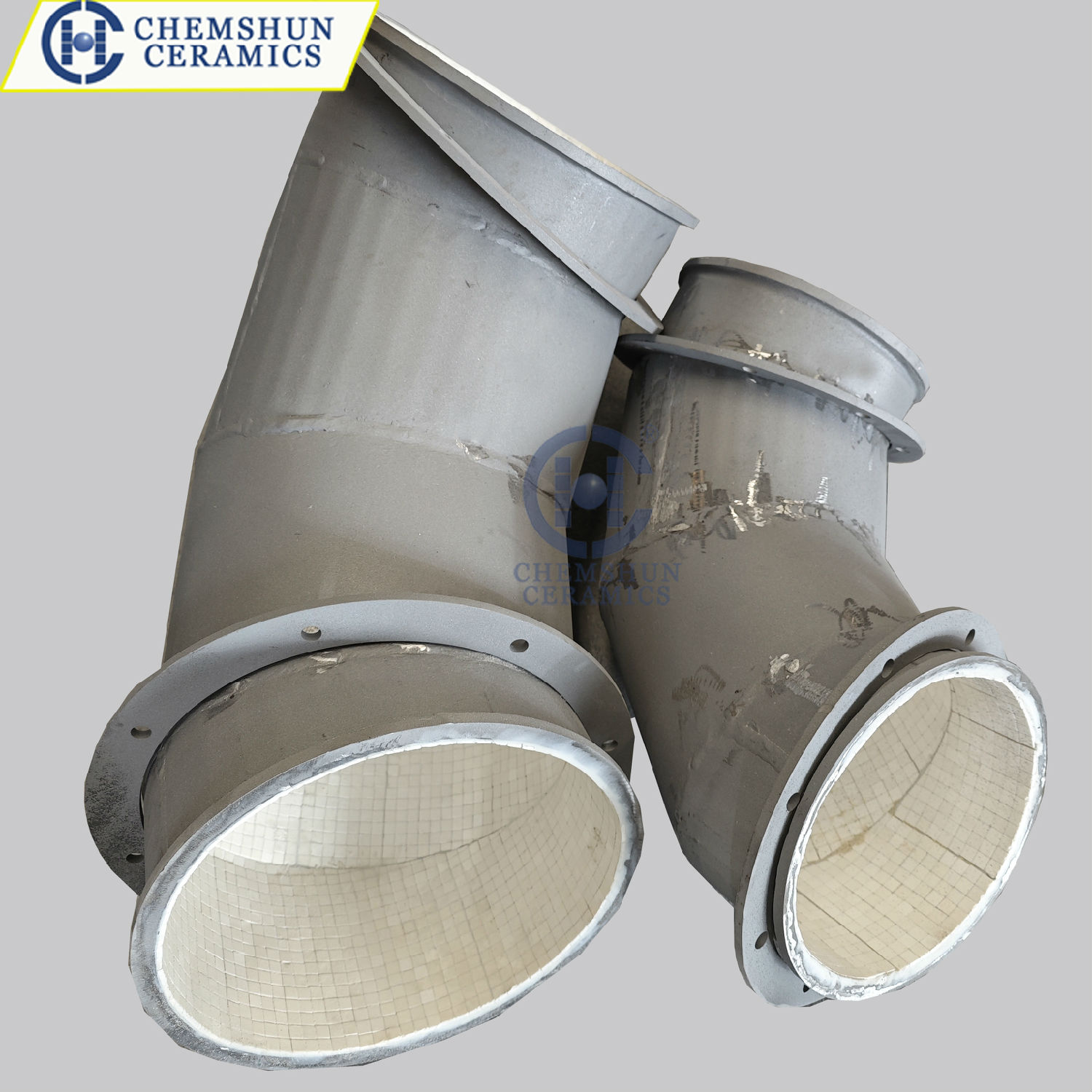Top articles
- High-purity 99.7% alumina ceramics helpful to semiconductor manufacturing technology
- Alumina Ceramic Grinding Balls: High-Efficiency Solutions for Industrial Grinding
- How to Select Suitable Wear-Resistant Ceramic Lining Tiles in the Mining Industry
- Advantages of Ceramic Rubber Composite Liners in Industrial Applications
- How to Install Alumina Ceramic Liners for Long-Lasting Adhesion?
- 99% alumina bulletproof ceramics are the preferred materials for protective devices
- Alumina Ceramic Substrates:Characteristics,Advantages,Disadvantages,and Applications
- Why do alumina industrial ceramics wear out?
- The reason of abrasion resistant ceramic tiles falling off when pasted on equipment
- Seven aspects of advantages & applications of alumina ceramic substrates
Latest articles
- High-purity 99.7% alumina ceramics helpful to semiconductor manufacturing technology
- Alumina Ceramic Grinding Balls: High-Efficiency Solutions for Industrial Grinding
- How to Select Suitable Wear-Resistant Ceramic Lining Tiles in the Mining Industry
- Advantages of Ceramic Rubber Composite Liners in Industrial Applications
- How to Install Alumina Ceramic Liners for Long-Lasting Adhesion?
- Welcome to EXPOMIN 2025
- 99% alumina bulletproof ceramics are the preferred materials for protective devices
- Alumina Ceramic Substrates:Characteristics,Advantages,Disadvantages,and Applications
- Why do alumina industrial ceramics wear out?
- Chemshun Ceramics Chinese New Year Holiday Notice
Your browsing history

Wear resistant ceramic pipe connection: Introduction to flanges
Abrasion resistant ceramic pipes lined with steel pipes and connected with flanges. They are a common material conveying method in the industrial particle powder conveying industry. Alumina ceramic lining in steel pipes makes the conveying pipeline more wear-resistant and extends the service life of the conveying pipeline. But at the same time, flanges are important connecting accessories for pipelines. In actual installation operations, there are many precautions to pay attention to in order to make the entire conveying system operate normally.
Flanges have various connection methods, and different connection methods can be selected according to different needs and scenarios. They mainly include flat welding, butt welding, plug welding, loose sleeves, and threads. It is necessary to choose a suitable connection method according to the on-site environment.
Although the flange connection methods are different, their connection process has some common steps and requirements:
Preparation: Check whether the specifications of flanges, bolts and gaskets meet the requirements, ensure that the sealing surface is smooth and tidy, and free of burrs; the threads of the bolts should be complete, without defects, and the fit should be natural; the gasket texture should be flexible, not easy to age, and the surface should not be damaged, wrinkled, scratched, etc.
Assembly: Connect the flange to the pipe or equipment, making sure that the center of the pipe and the flange are on the same horizontal line, and the center of the pipe and the sealing surface of the flange are in a 90-degree vertical shape. Place gaskets between the flanges and adjust the number and position of gaskets as needed.
Tightening: Use bolts and nuts to tighten the two flanges together to ensure the sealing between the flanges. During the tightening process, pay attention to the tightening sequence and strength of the bolts to avoid deformation of the flange or poor sealing.









